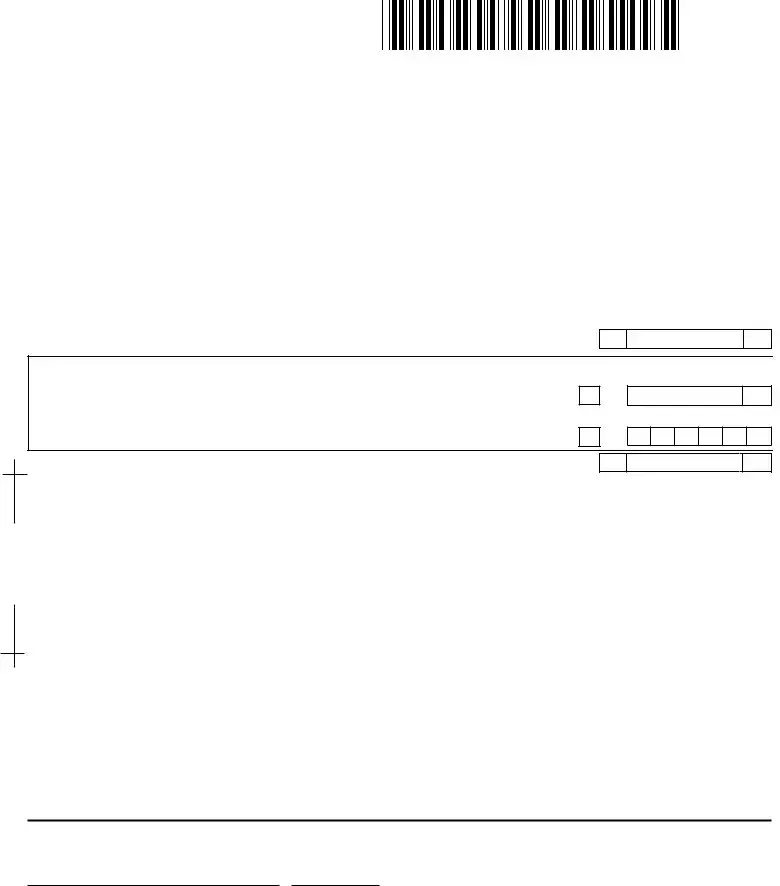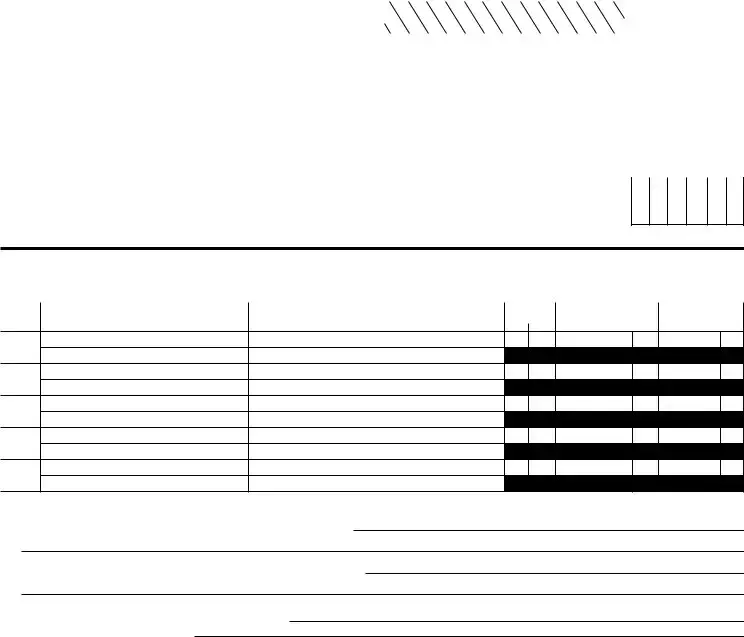The Maryland Form 510 is a crucial document for pass-through entities operating within the state, encompassing S Corporations, Partnerships, Limited Liability Companies, and Business Trusts. This income tax return form for the year 2002, or the applicable fiscal year, requires detailed information starting from the entity's name, Federal Employer Identification Number, and the date of organization or incorporation. It demands a meticulous report on the number of partners, shareholders, or members, categorizing them as individual residents, nonresidents, and others, while also spotlighting the entity’s business activity code. Vital aspects of the form include the total distributable or pro-rata income as per the federal return, with special instructions for multistate pass-through entities. Furthermore, it delves into the allocation of income, specifying separate accounting for non-Maryland income and an apportionment method for allocating Maryland income. The form guides on calculating nonresident tax, introduces the concept of distributable cash flow limitation, and discusses payments including estimated and tentative pass-through entity nonresident tax. Key to its completion is ensuring accuracy and adherence to tax regulations to avoid penalties, summarizing the tax due or overpaid, and requiring a declaration of accuracy under penalty of perjury by an authorized partner, officer, or member. Thus, Maryland Form 510 serves as a comprehensive blueprint for pass-through entities to navigate their state income tax obligations effectively.

